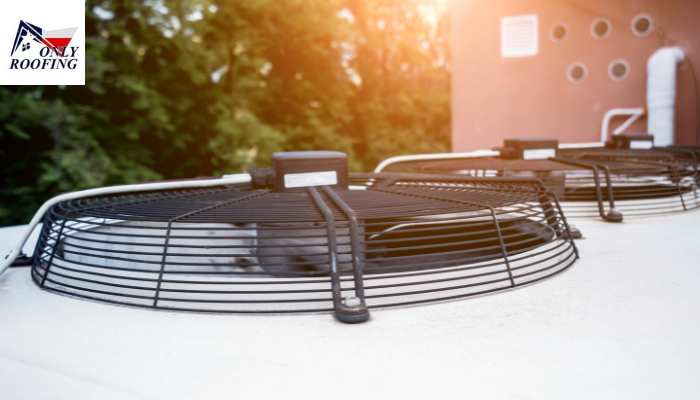Whole-house ventilation systems are critical in today’s quest for energy efficiency and comfort. These systems operate secretly behind the scenes to ensure a steady fresh air flow throughout the home. Let’s look at how to use whole house ventilation system to create a comfortable indoor environment.
Understanding Whole-House Ventilation System
A whole-house ventilation system’s primary role is to extract stale interior air for fresh outdoor air. Doing so preserves air quality and manages moisture levels. These systems are available in various forms, including exhaust, supply, and balanced systems, each catering to particular demands and home arrangements.
Types of Whole-House Ventilation System
Some fundamental types of whole-house ventilation systems are as follows:
Exhaust Ventilation
This system creates negative air pressure by welcoming fresh air through windows.
Supply Ventilation
Unlike exhaust ventilation, the supply ventilation system brings fresh outdoor air while pushing out stale inside air. It works by pressurizing the home, commonly accomplished via fans and ducts.
Balanced Ventilation
It maintains equilibrium by removing stale air and admitting fresh air, ensuring a steady interior atmosphere. It combines the characteristics of both exhaust and supply systems.
Maximize Your Benefits
You can maximize the benefits of learning and investing in how to use whole house ventilation system. Most systems allow you to alter the airflow according to your preferences.
Intakes and Outlets Placements
Proper location of intake vents and outlets is critical. Intakes should be located in places with pure air, while outlets should be where moisture can accumulate.
Regular Maintenance
Maintenance regularly assures peak performance. Clean or replace filters as directed by our roof replacement Woodlands experts to examine the system for any problems.
Utilizing Timers and Sensors
Use timers and sensors if your system has them. These features can optimize efficiency by automating the ventilation process depending on humidity levels and occupancy criteria.
Seasonal Changes
Modify the parameters to reflect seasonal changes. In the summer, you may wish to improve ventilation to avoid stuffiness, but in the winter, decreasing airflow helps keep heat.
The Advantages of Whole-House Ventilation Systems
Make the most of the following advantages of installing whole-house ventilators:
Improved Indoor Air Quality
The continuous movement of fresh air aids in the removal of pollutants, allergens, and excess moisture, resulting in a healthier indoor atmosphere.
Increased Comfort
Consistent airflow maintains temperature and reduces stuffiness or humidity-related discomfort.
Energy Efficiency
By improving air exchange without overworking heating or cooling systems, efficient ventilation systems can save energy.
Should I leave my ventilation system on all the time?
Yes, it is generally recommended always to leave your ventilation system on, especially if it’s a continuous or whole-house system. Proper ventilation helps maintain indoor air quality by removing excess moisture, odors, allergens, and pollutants. Running the system continuously ensures consistent airflow and prevents mold growth or stale air buildup. However, energy-efficient models often have settings to adjust the fan speed or run on a timer, which can help reduce electricity usage. If your system is noisy or outdated, consider upgrading to a quieter, energy-efficient model. Always consult a professional to determine the best ventilation schedule for your home and climate conditions.
The Bottom Line
Understanding how to use whole house ventilation system can help improve indoor air quality and comfort. You can change your living environment by studying their varieties, processes, and ideal usage. Only Roofing Contractors Spring TX recommend embracing these systems as partners in your quest for a well-balanced, efficient, and comfortable living environment.
Read More:
Should soffit and Fascia match windows

